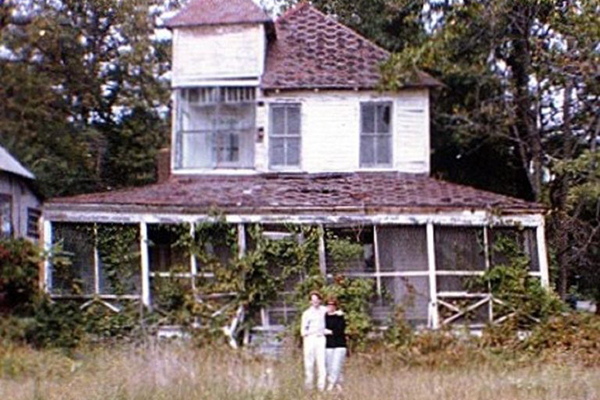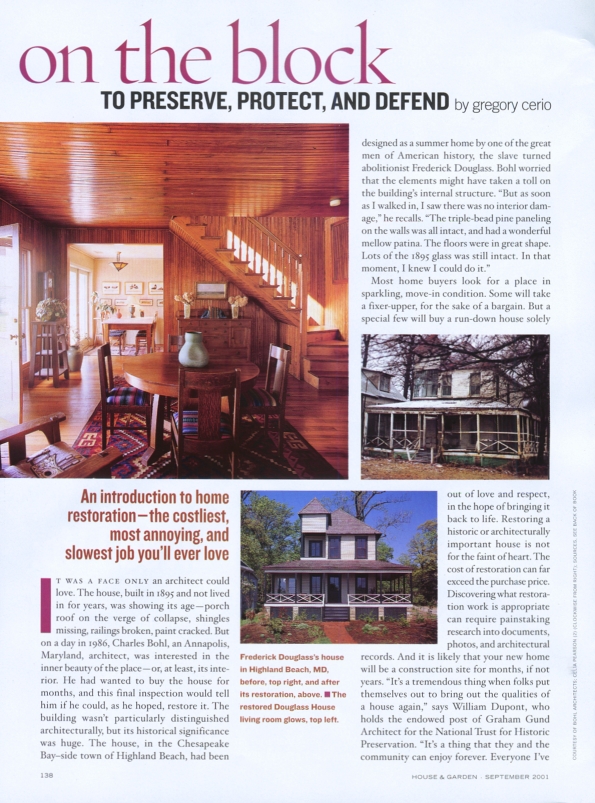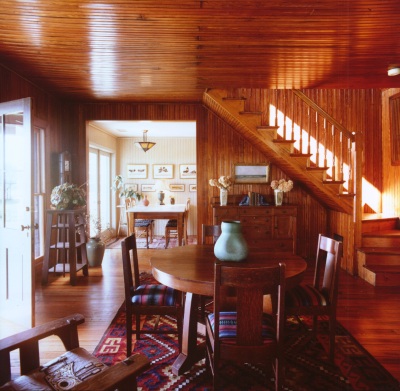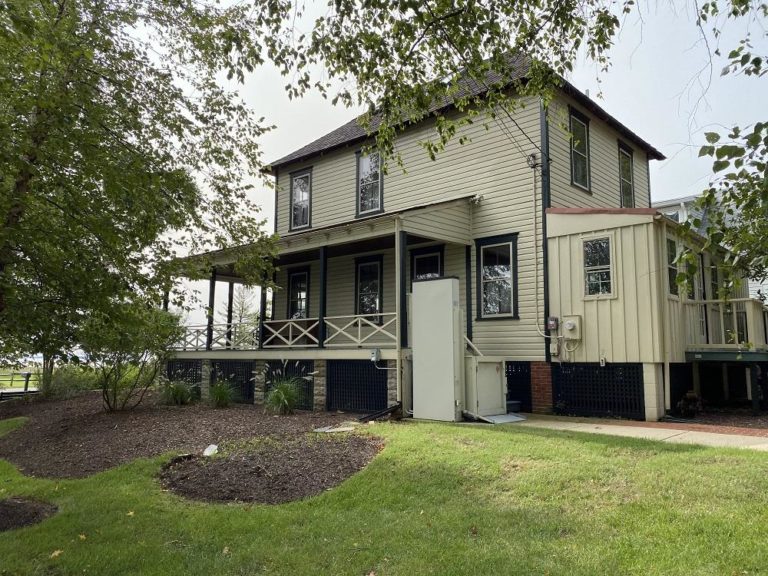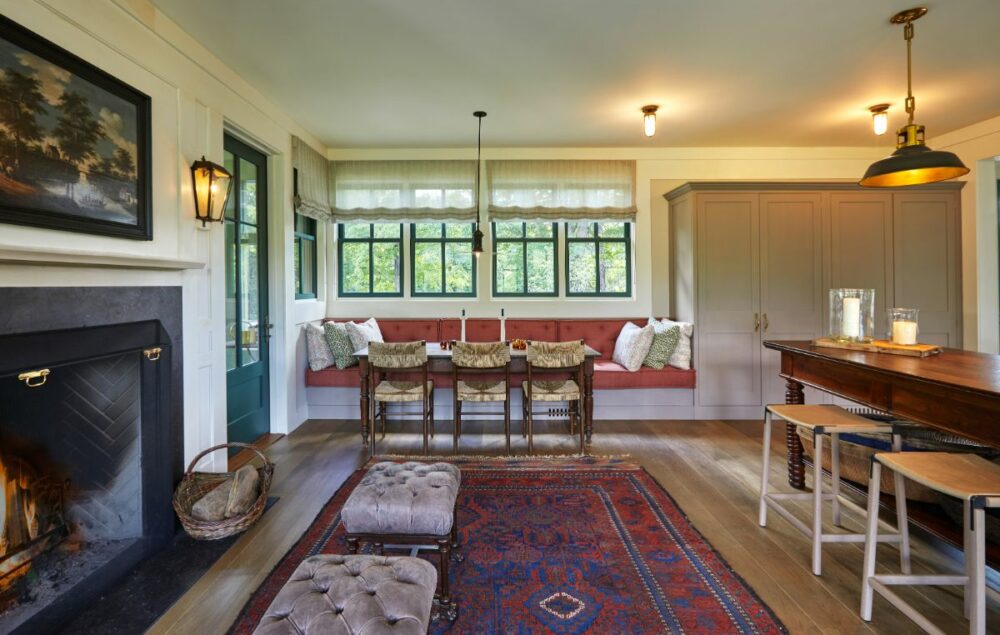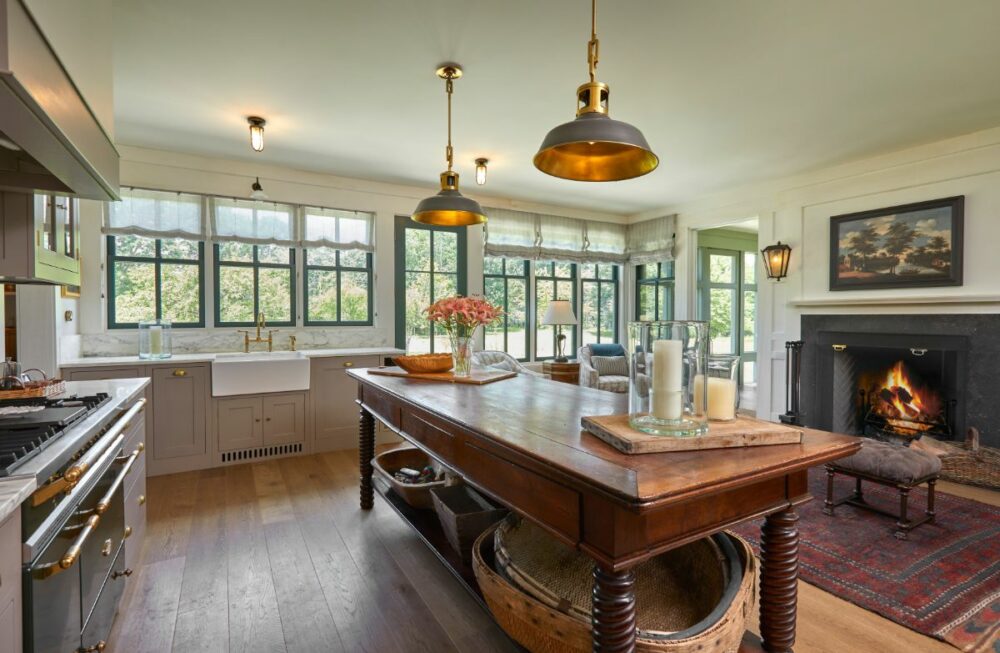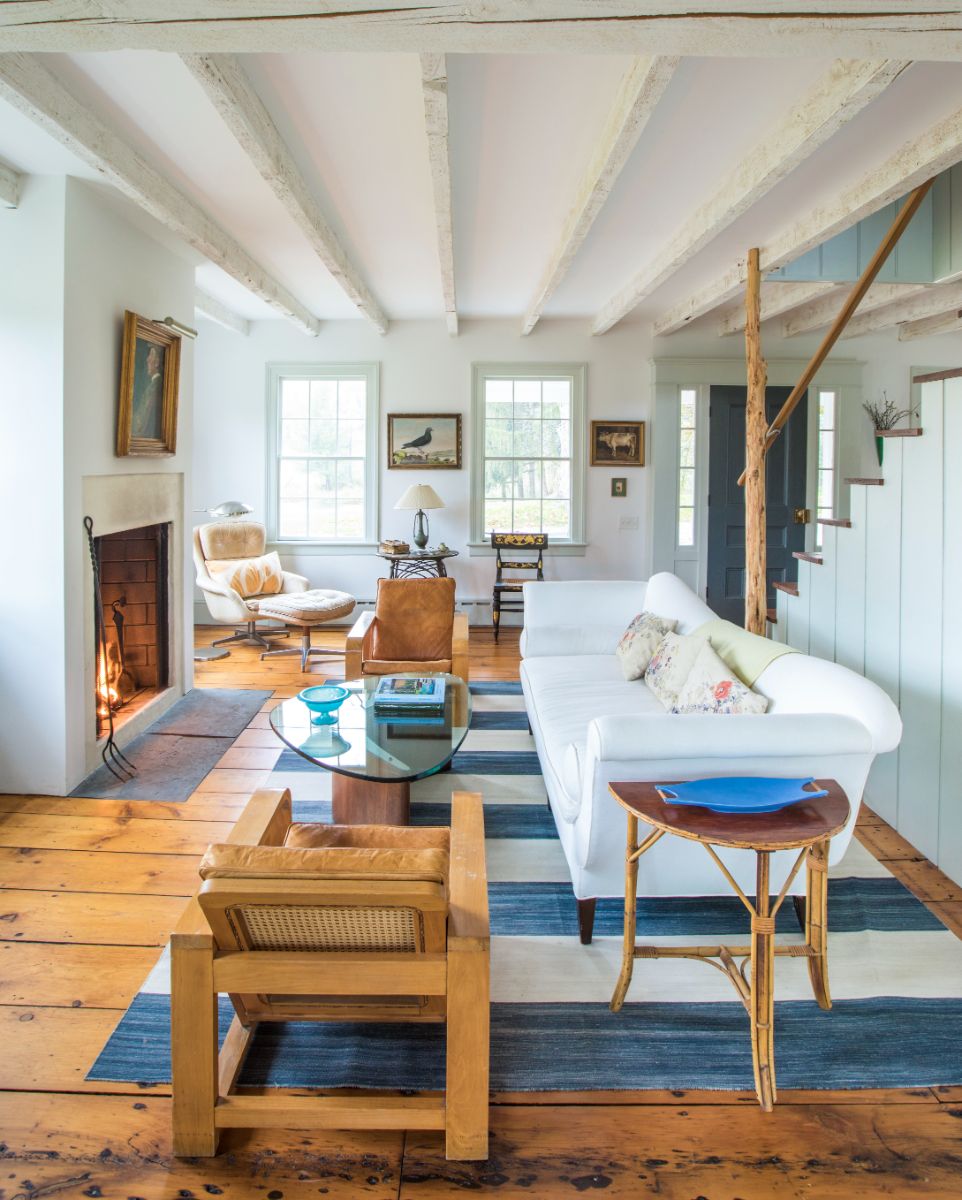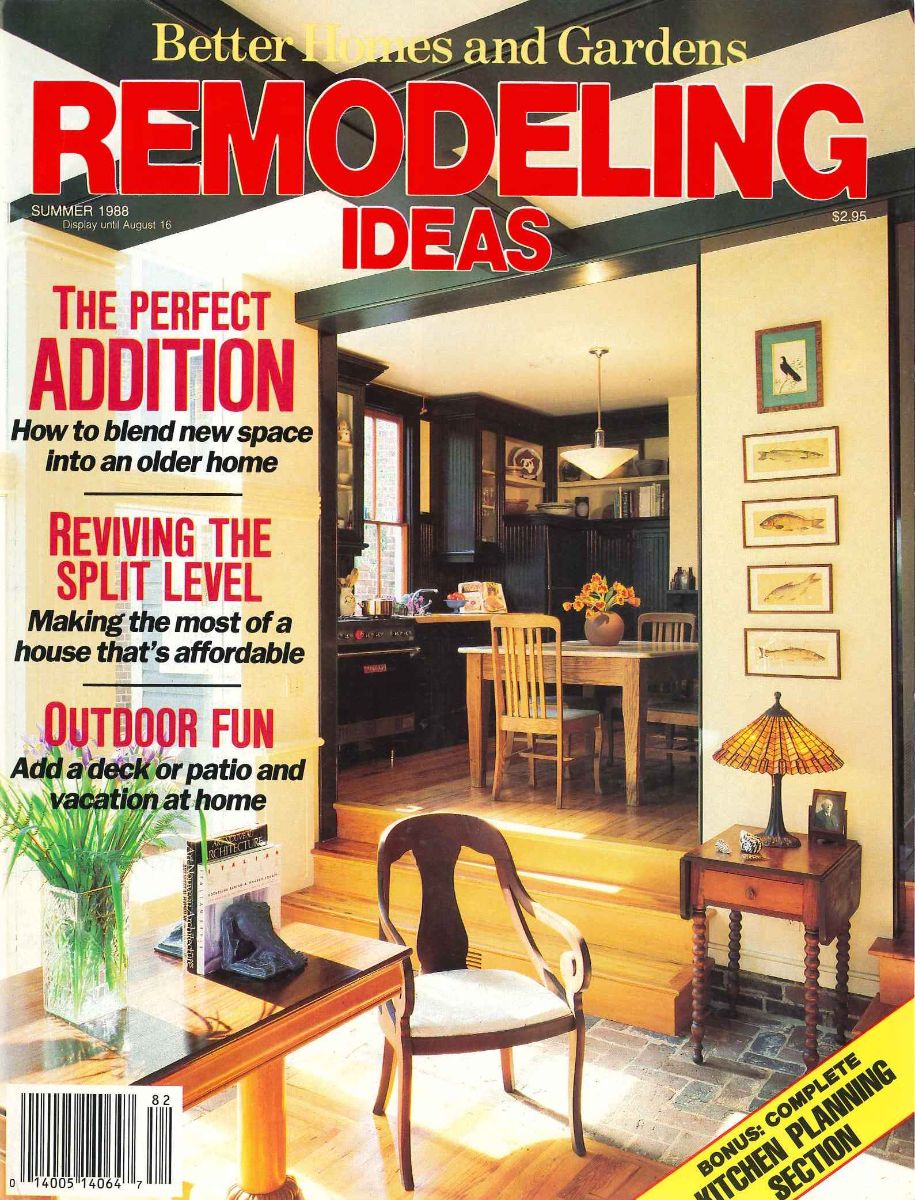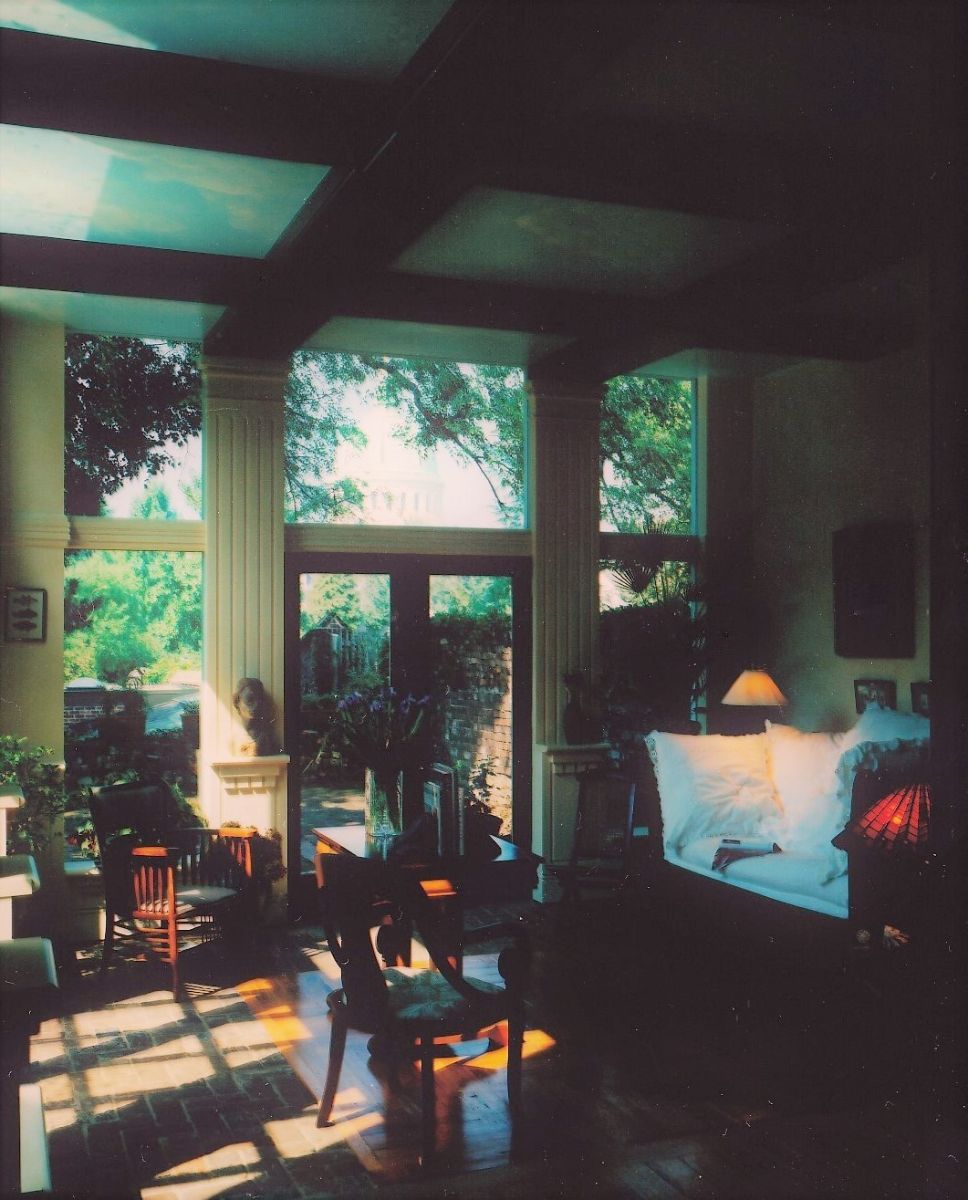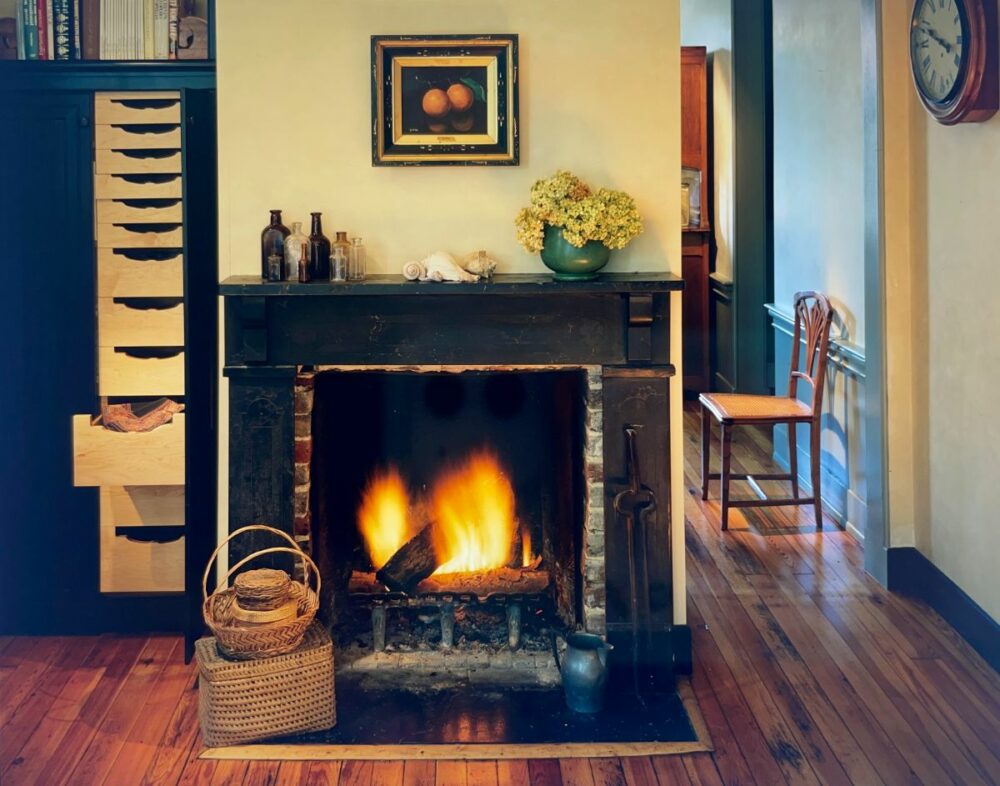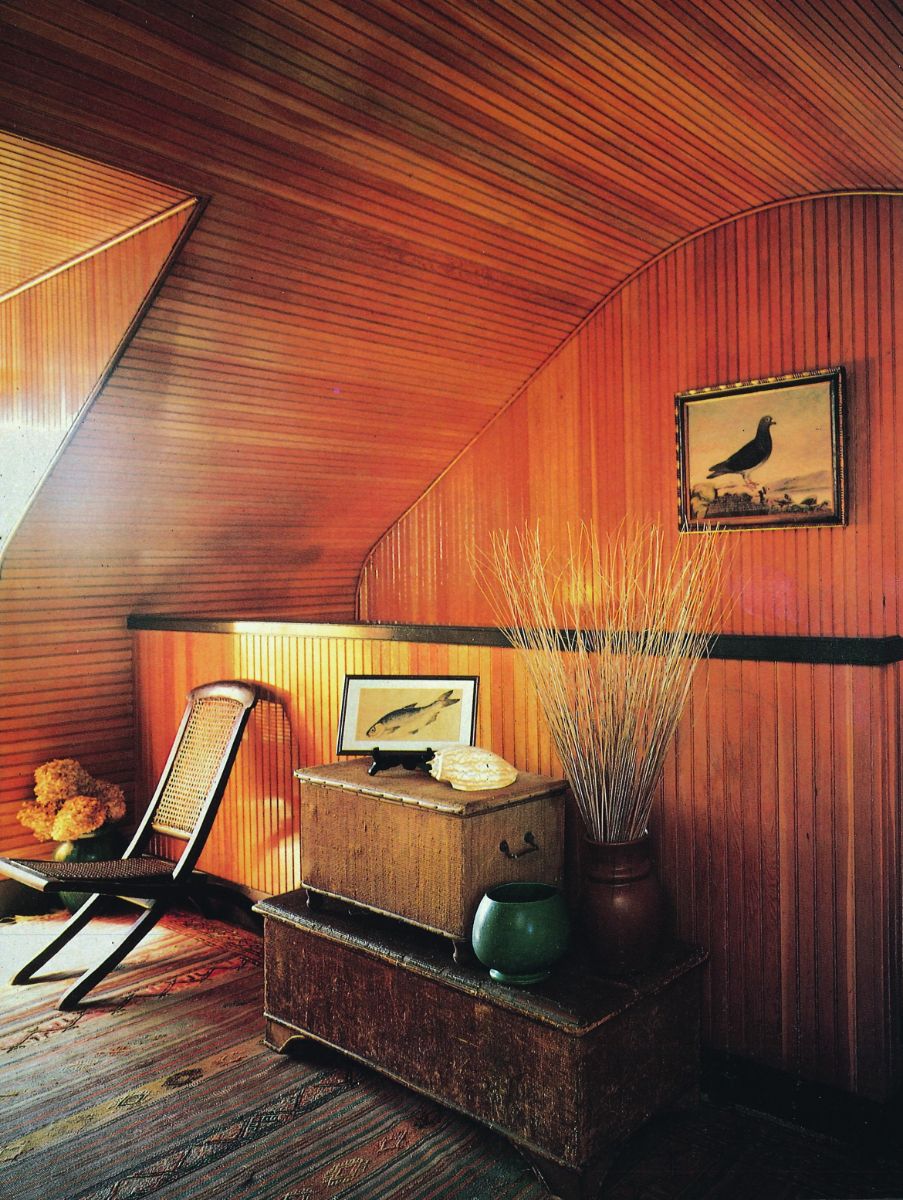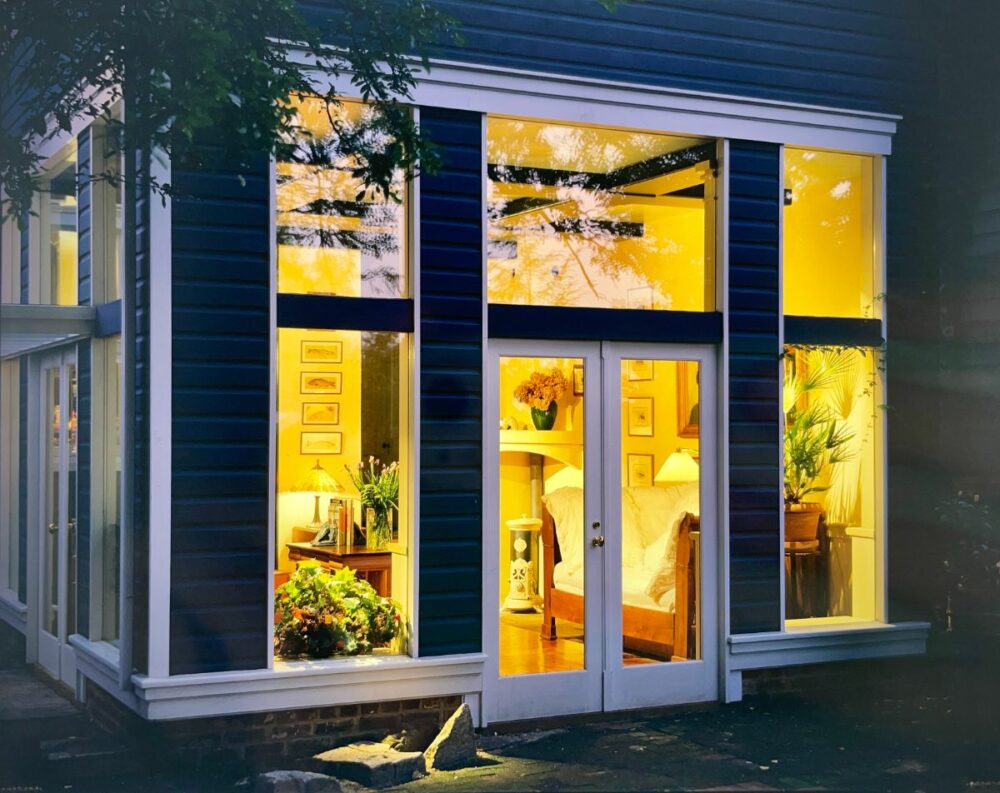Why Historic Preservation Is Important
What is Historic Preservation all about?
Historic buildings are tangible pieces of the past that help define a community’s story. As architects, it’s important to know what once was so we can develop on that story. You can’t know where to go if you don’t know where you came from. It’s not about keeping everything the same, but rather maintaining a building’s integrity while simultaneously creating something new and of this time. “It has been said that at its best, preservation engages the past in a conversation with the present over a mutual concern for the future.” – William Murtagh (1923–2018) William Murtagh was a historian who served as the first “Keeper of the Records” for the National Register of Historic Places.

Four Historical Preservation Standards
There are different ways to approach a historical property. The four preservation standards are preservation, restoration, reconstruction, and rehabilitation.
Preservation
Document what is existing and make notes about materials and history. This approach is all about maintenance and retention of original materials is the highest objective.
Restoration
Remove evidence of any alterations that do not coincide with the time period that’s being preserved. This approach involves a lot of historical research.
Reconstruction
Recreate portions of the house which may have been lost, based on material evidence and documentation available.
Rehabilitation
The need to alter or add to a historic property so that it meets continuing or changing uses, while retaining the property’s historic character.
Historic Preservation For Your Home
All facets of Historic Preservation are of value, but rehabilitation is where a project can really become fun. There is something about making a historic building a viable, living structure for the next century that brings us joy.
Modern additions to a building are made with attention to detail and the utmost care for what’s existing. It’s about taking the familiar and tweaking it in a way that creates something aesthetically cool and durable. This is what legacy means to Bohl.
Through historic preservation, we’re able to understand ourselves and how humans live, hence allowing us to better serve you. Our goal is to design in a way that’s compatible to the house’s original function and style, while still creating something that is entirely unique and meets your needs. Bohl Architects listen to your lifestyle considerations first so we can ensure they’re accommodated in the overall design.
We have nearly 50 years of experience working with historic architecture. Whatever your project entails, you can be confident that we’ll meet your expectations. If you’re interested in learning about our previous preservation projects, read on. If you’d rather skip right to the discussion of your old home’s potential, we’re here!
Still Wondering Why Historic Preservation Is Important?
Take a look at Bohl Architects Historic Preservation Case Studies to witness the transformative power of preserving the past. These studies unveil not just architectural sights but also the stories and cultural imprints left behind. Our historic preservation work includes both residential and commercial projects. History isn’t just to be remembered; it’s to be lived and appreciated anew.
Bohl Architects Historic Preservation – Case Studies
Frederick Douglass Summer Home in Highland Beach
The Frederick Douglass Summer Home was built for the famous abolitionist in 1894-95 by his son, Charles Remond Douglass. The house faces Chesapeake Bay in the community of Highland Beach, Maryland, which was developed in 1893 as a summer resort for elite Washington, DC black families. Frederick Douglass designed the house with its second-floor balcony tower, so that “I as a free man, could look across the Bay to where I was born a slave.”
Bohl Architects completely restored the home in 1986 to National Park Service Standards and listed the home on the National Registry of Historic Places in 1991. The house was raised 4 feet with a new foundation system to comply with FEMA Flood Plain requirements. The exterior wood siding was removed allowing wall cavity access while not disturbing the interior bead board finishes. The siding was restored and replaced in original coursed positions. The house received interior modifications and infrastructure to function as a modern residence.
The home received the 1995 Orlando Ridout Prize from the Anne Arundel County Trust for Preservation, Inc. It is now the house museum of the Highland Beach Historical Association.
1840’s Gothic Revival
This home is nearly 200 years old. There have been only six owners of this home, each having the property for long periods of time and giving their own personal touch to the space. Bohl completed a renovation and addition to this historic, Gothic Revival home.
Hudson Farmhouse
Bohl Architects added to the back of the original 1840s home. We maintained the old feel, while adding modern touches. The plan now contains adjacent dining and living areas on the main floor, each with a fireplace. We designed a new eat-in kitchen and sitting room, where window walls overlook the pond and meadow.
Prince George Street
Trust Bohl For Your Next Historic Preservation Project
The heart of preservation is not just in the bricks and mortar, but in the soul of the community and the tales these structures tell. At Bohl Architects, we are passionate about giving life to these historic spaces, ensuring they remain standing as reminders of our shared legacy and continue to inspire future generations.
If you’re ready to embark on a historical preservation project or simply wish to learn more about our architectural work, contact us today. We’d love to hear from you!
Want to Keep Reading?
Great Clients = Great Architectural Projects
October 18, 2023
Sustainable Architecture: Designing Green to Serve Many Generations
September 1, 2023
- 1
- 2



